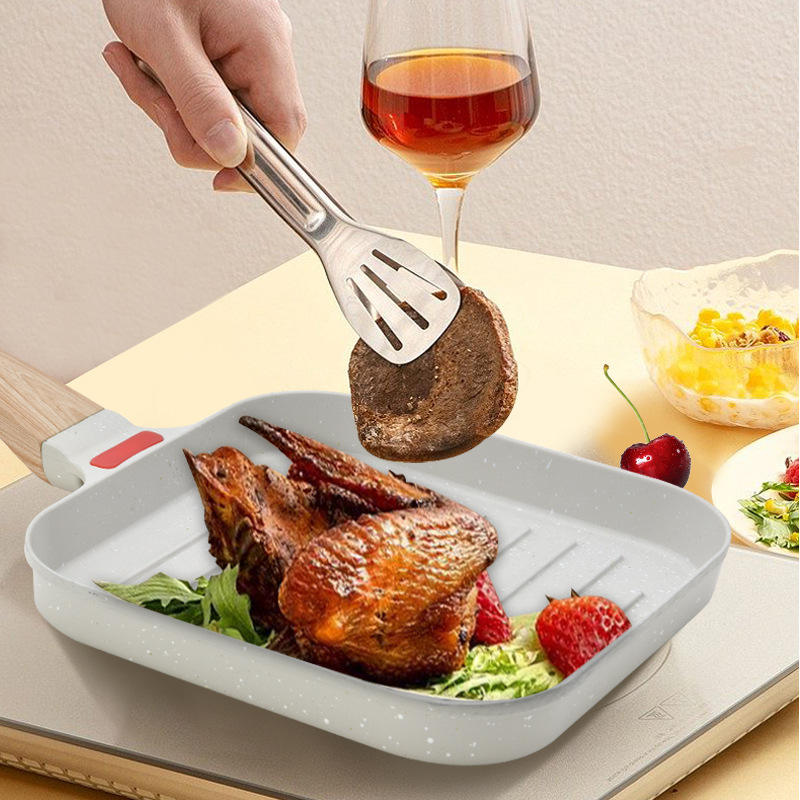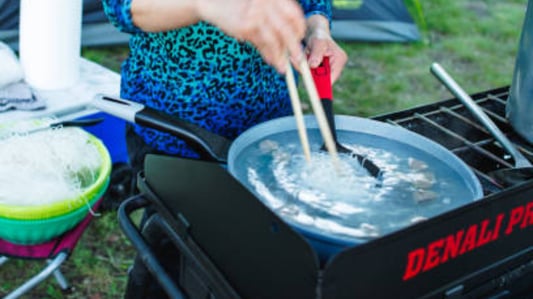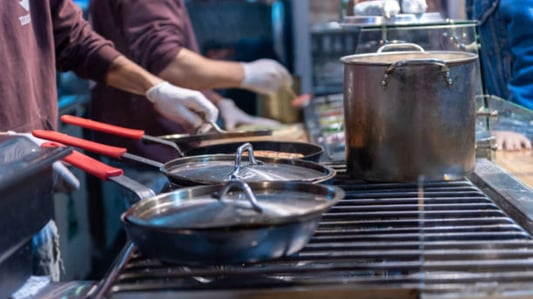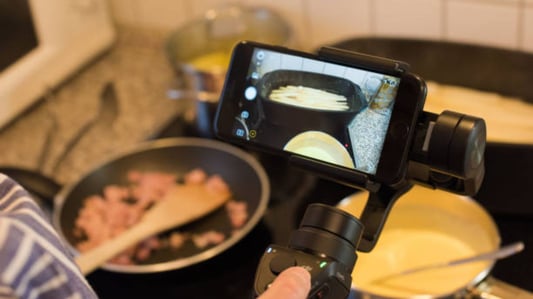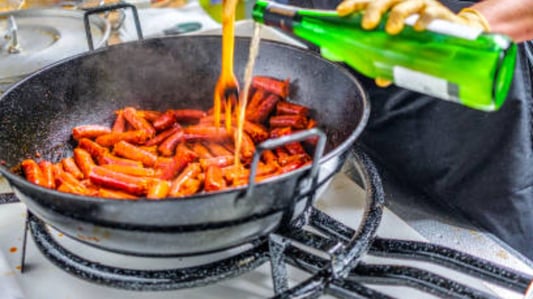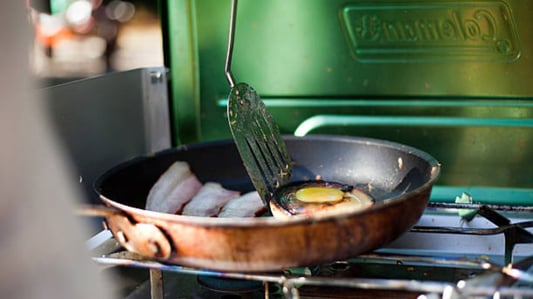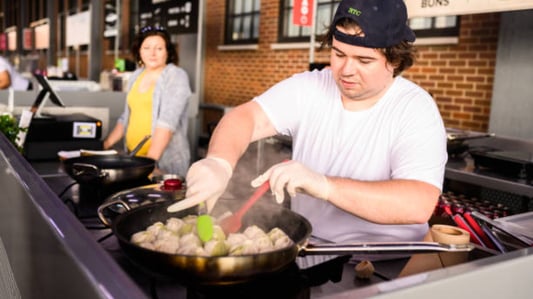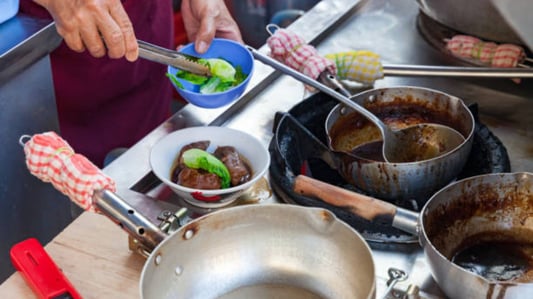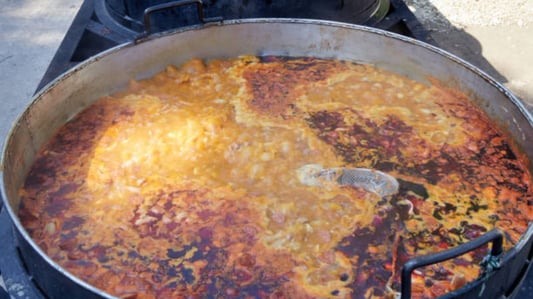1. Superior Versatility A frying pan with a glass lid offers superior versatility in the kitchen. You can use it for sautéing, frying, simmering, and even braising. The clear glass lid allows you to monitor your food without lifting the lid, helping to retain moisture and flavor. 2. Even Heat Distribution One of the key benefits of a frying pan with a glass lid is that it provides even heat distribution. This ensures that your food cooks evenly and prevents hot spots that can cause burning or uneven cooking. 3. Sturdy Construction These frying pans are typically made from high-quality materials like stainless steel or aluminum, making them durable and long-lasting. The glass lid is also sturdy and can withstand high heat without shattering. 4. Easy Monitoring The transparent glass lid allows you to easily monitor your food as it cooks, without the need to lift the lid and let heat escape. This feature is especially useful when cooking delicate dishes that require precise timing. 5. Locking in Flavor The glass lid helps to lock in flavor and moisture while cooking, resulting in more flavorful and tender dishes. This is particularly important when cooking meats or vegetables that can easily dry out. 6. Easy Cleaning Frying pans with glass lids are easy to clean, as both the pan and lid can usually be safely washed in the dishwasher. This makes cleanup a breeze and saves you time in the kitchen. 7. Safe Handling The handles of these frying pans are designed to stay cool to the touch, even when the pan is on the stove. This makes them safe and easy to handle, reducing the risk of burns or accidents in the kitchen. 8. Versatile Cooking Options With a frying pan that comes with a glass lid, you have the option to cook a wide variety of dishes. From stovetop frying to oven baking, these pans can handle it all. 9. Modern Kitchen Aesthetic Frying pans with glass lids have a modern and sleek aesthetic that can complement any kitchen decor. The transparent lid adds a touch of sophistication while also offering practical benefits. 10. Budget-Friendly Investment Investing in a high-quality frying pan with a glass lid is a budget-friendly decision that can save you money in the long run. These pans are built to last and provide consistent cooking results, making them a wise kitchen investment. Quote InquiryContact us!

